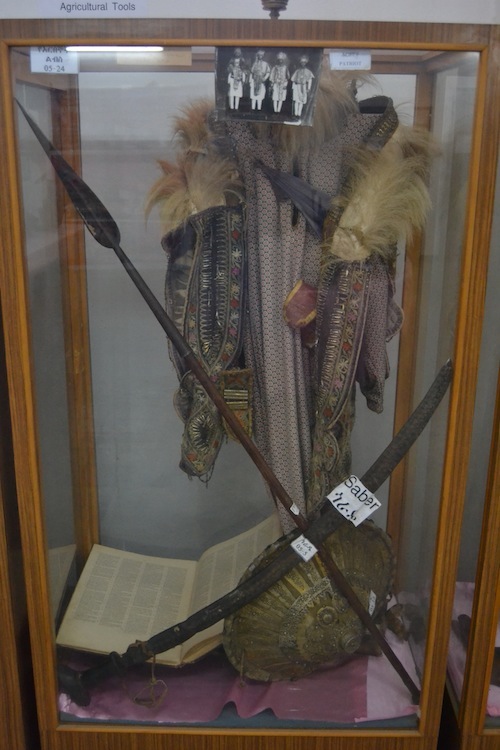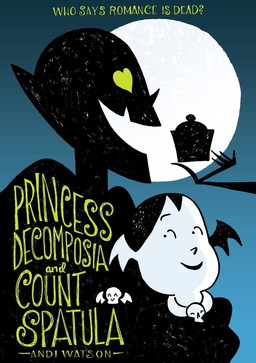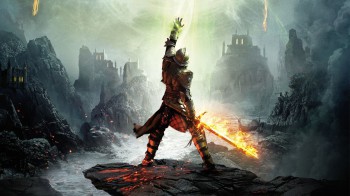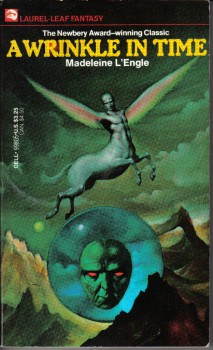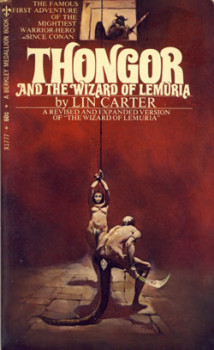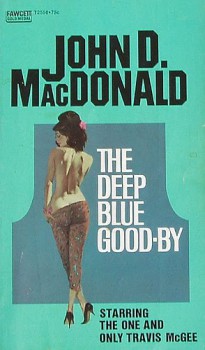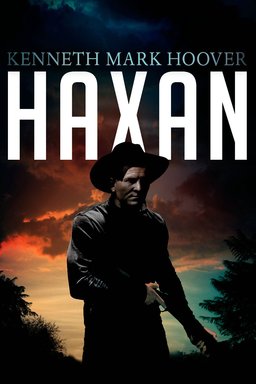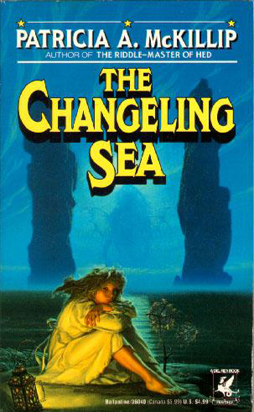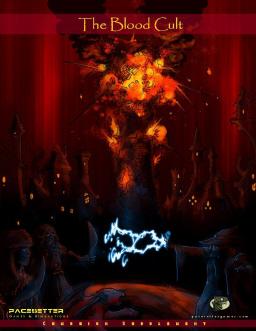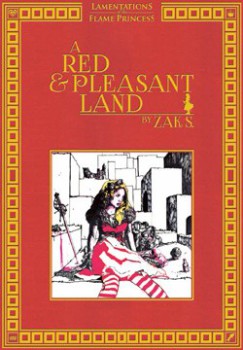 When I started school in the mid-1970s, our teachers used the New Macmillan Reading Program. The books in that program, in addition to featuring original stories, also included excerpts from world literature. I credit those readers with instilling in me a lifelong love of reading; to this day, I still remember many of the stories I read within their pages. In the seventh grade – this would have been 1981 or ’82 – one reader included a lengthy excerpt from Lewis Carroll’s 1871 novel, Through the Looking-Glass and What Alice Found There.
When I started school in the mid-1970s, our teachers used the New Macmillan Reading Program. The books in that program, in addition to featuring original stories, also included excerpts from world literature. I credit those readers with instilling in me a lifelong love of reading; to this day, I still remember many of the stories I read within their pages. In the seventh grade – this would have been 1981 or ’82 – one reader included a lengthy excerpt from Lewis Carroll’s 1871 novel, Through the Looking-Glass and What Alice Found There.
The excerpt in question dealt with Alice’s encounter with Humpty Dumpty, in which the anthropomorphic egg boasts that “When I use a word … it means just what I choose it to mean—neither more nor less.” He illustrated his point by quoting from the nonsense poem Jabberwocky. I can’t begin to tell you how profoundly I was impressed with and affected by this excerpt. Humpty Dumpty’s perspective was (and is) abhorrent to me and, along with Alice, I found myself feeling anger at his articulation of it. Despite that, I eventually memorized the whole of Jabberwocky (which I can still recite to this day) and headed to the library to read the whole book, as well as its predecessor, Alice’s Adventures in Wonderland.
I should clarify that, before this point, I was, of course, already broadly familiar with Wonderland and its denizens. Some of that familiarity was achieved via “cultural osmosis” – the same way I “knew” about, say, Davy Crockett or the Headless Horseman. These were things “everyone” knew about, regardless of whether or not they’d ever actually read a book (or even seen a TV show or movie) on the subject. And, as it happened, I had seen Disney’s 1951 film adaptation, inadequate though it was.
Seventh grade also coincided with the high water mark of the early years of my involvement in the roleplaying hobby. By that point, I’d been playing Dungeons & Dragons and other RPGs for a couple of years. My friends and I considered ourselves “veterans” and prided ourselves on how many different games we’d tried. I was also deep into the idolization of Gary Gygax. I hung on the man’s every word in the pages of Dragon magazine (though, to my credit, I never got around to building a literal shrine to him in my basement). It was probably through one of Gary’s articles that I first encountered the idea of combining D&D and Wonderland, an idea that initially struck me as bizarre, but that slowly grew on me as my love for both Carroll and RPGs did. Besides, I reasoned, if such a pairing was good enough for Gygax’s fabled Greyhawk campaign, who was I to think otherwise?
…
Read More Read More
